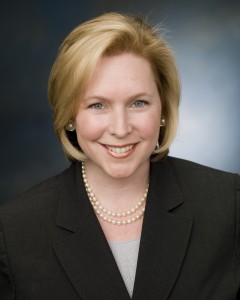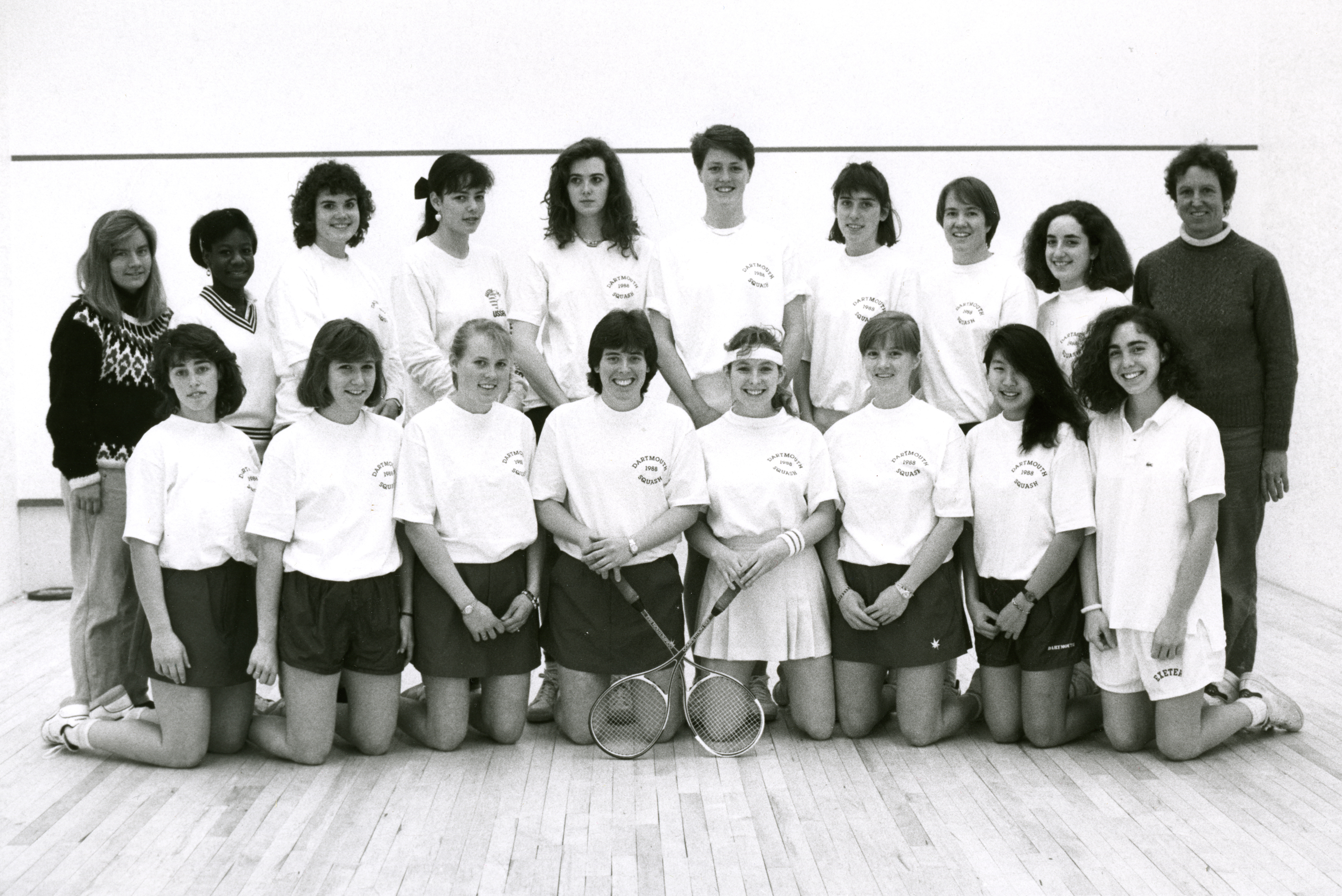By David Gauvey Herbert
I graduated from Stanford a little over a year ago, but I didn’t fully realize that I had left the world of college squash until this winter. As my league team traveled around Washington, DC, for our Tuesday night matches, I realized that something was different. It wasn’t the profanity or the gray hair or the love handles or the preponderance of wedding bands.
The moment of truth came when I laid my eyes upon an old Coke machine at a private club that dispensed cans of Amstel Light for 50 cents. 50 cents. As I plunked two quarters in, I knew I had stumbled upon some brave new world.

There’s no handbook on how to navigate the transition from college squash to the “real world.” For years, parents and coaches drove us to tournaments, pushed us to get on court and handled the logistics, from hotels to racket restringing. But when those responsibilities fall to a freshly minted college graduate, the enterprise can seem daunting.
I’m now on a league team, sneak in furtive lunchtime matches with an editor from work and have made good friends. My Stanford teammates aren’t as fortunate. During a recent reunion in Palo Alto, I was dismayed to learn that most rarely hit anymore. One has even resumed playing—gasp—racquetball.
Ted Platt (Amherst, ‘05) still hits at least once a week, but he said finding courts, networking with players and cobbling together money for tournament fees and club dues have been hurdles for him and his college teammates.
“Only those dudes with tip-top motivation are actually gonna make it out on court,” he said. “Plenty of other people are gonna drop out at various links along that chain.
Enter Dent Wilkens. The former Princeton co-captain graduated in 2007, and now he’s quarterbacking U.S. SQUASH’s efforts to address attrition rates among former college players.
The organization has no statistics on the number of college players that leave the game. But after informally taking the lay of the land, Wilkens believes the two most at-risk groups are women and players who learned the sport in college.
“Most of these people aren’t playing not because they don’t like squash anymore,” he said. “You get sidetracked with your job and next thing you know you haven’t hit in six months.”
Some of my more accomplished Washington neighbors bear out Wilken’s thesis. Sen. Kirsten Gillibrand (D-NY), picked up squash at Dartmouth and eventually co-captained the women’s team to a second place finish at the Howe Cup. She hit regularly during law school and then as a young lawyer in New York, but marriage, kids and work took their toll. Until she recently began hitting with Sen. Al Franken (D-MN), Gillibrand told Squash Magazine she hadn’t played in 10 years.

“Once I had a baby, all free time went out the window,” she said.
So what is U.S. Squash doing to make sure getting on court is cheap and easy for college squash alums, be they two or twenty years out of school? The last official contact most players have with U.S. Squash officialdom is a plate of lukewarm penne pasta at the annual Nationals banquet, and even that dinner was dumped this year due to budget cuts.
But Wilkens wants to change all that, starting with a new feature for the U.S. Squash Web site that lets members search for courts and hitting partners in their area. The search function is now up and running, and players are encouraged to update their personal profiles to make the system fully functional. Wilkens also wants to provide impoverished grads with some financial relief in the form of tournament and membership discounts. To really make squash more affordable for recent grads, U.S. Squash needs to work with clubs around the country to slash initiation fees and cut monthly dues, which can run well past $100 at many clubs. Wilkens is interested in club partnerships, but he doesn’t expect to make headway anytime soon.
Coaching and tutoring with urban squash programs seems like a no-brainer for recent grads that want to do some community service and stay connected to the larger squash community. Yet I’m always surprised by the number of my peers who say they’d like to volunteer but don’t know where to sign up. In the Internet age, it is an admittedly lame excuse.
“You can be on the phone with George Polsky at StreetSquash in three seconds,” Greg Zaff, the executive director of the National Urban Squash and Education Association, told me recently. “But that doesn’t mean there couldn’t be more deliberate outreach with emails or a newsletter.”
Zaff said he’d like to travel around to colleges to encourage soon-to-be grads to get involved either as full-time coaches or volunteers, but he doesn’t have the time or the staff to do it. (One silver lining of the recession: he’s gotten a flood of job inquiries from recent grads as the economy has tanked.)

There’s an economic argument for more outreach. Every player Wilkens and Zaff keep on court represents decades of club dues, gear purchases and potential donations to an alma mater’s squash program. The College Squash Association, gear manufacturers and local clubs ought to be investing in these retention efforts if they know what’s good for them.
Of course, U.S. Squash and the CSA have plenty of other priorities, and they can’t be expected to babysit hundreds of recent graduates as they make their way into the wider squash world. And even with the best networking web sites and the cheapest tournaments, some players will leave the game because of too little free time or sheer laziness.
Still, recent graduates face enough unknowns as they enter young adulthood. The fastest route to four walls and a black ball shouldn’t be one of them.


